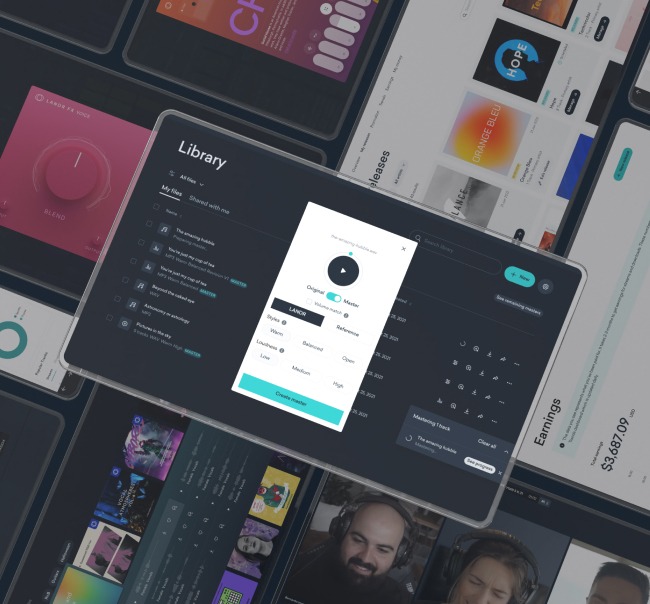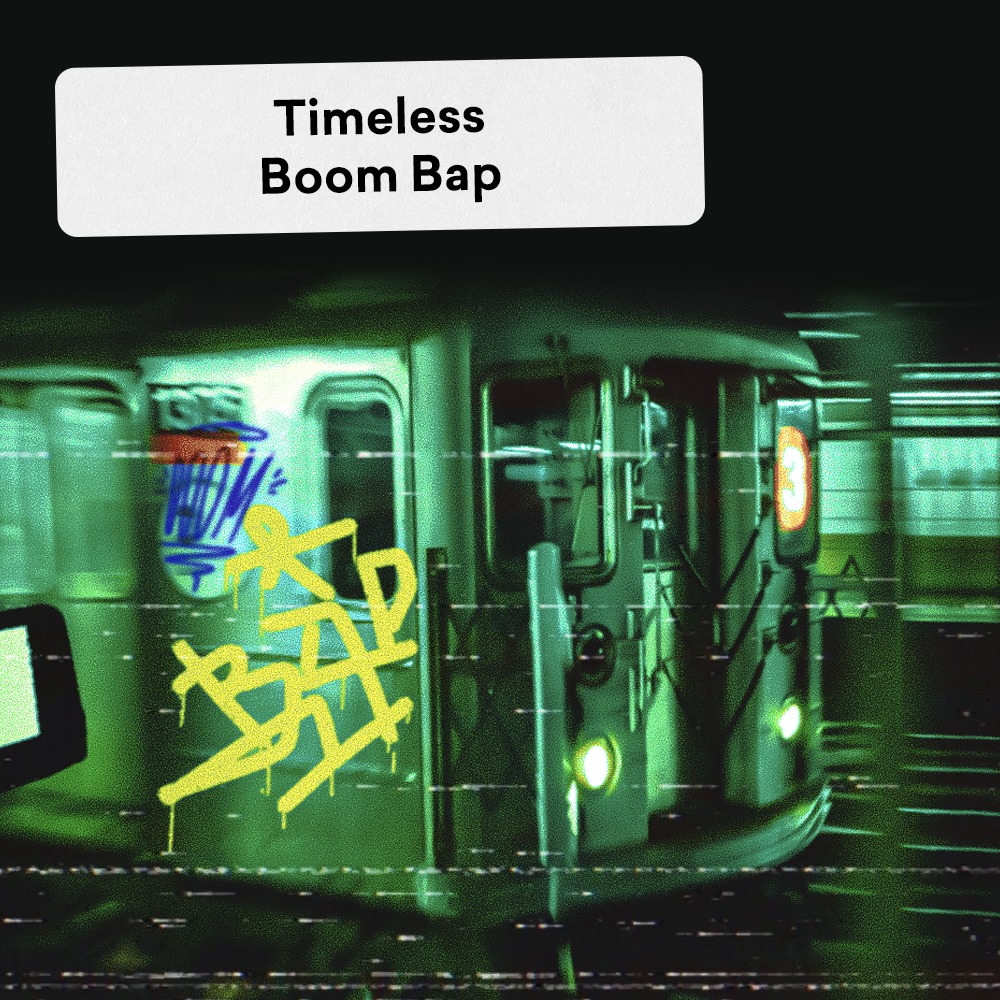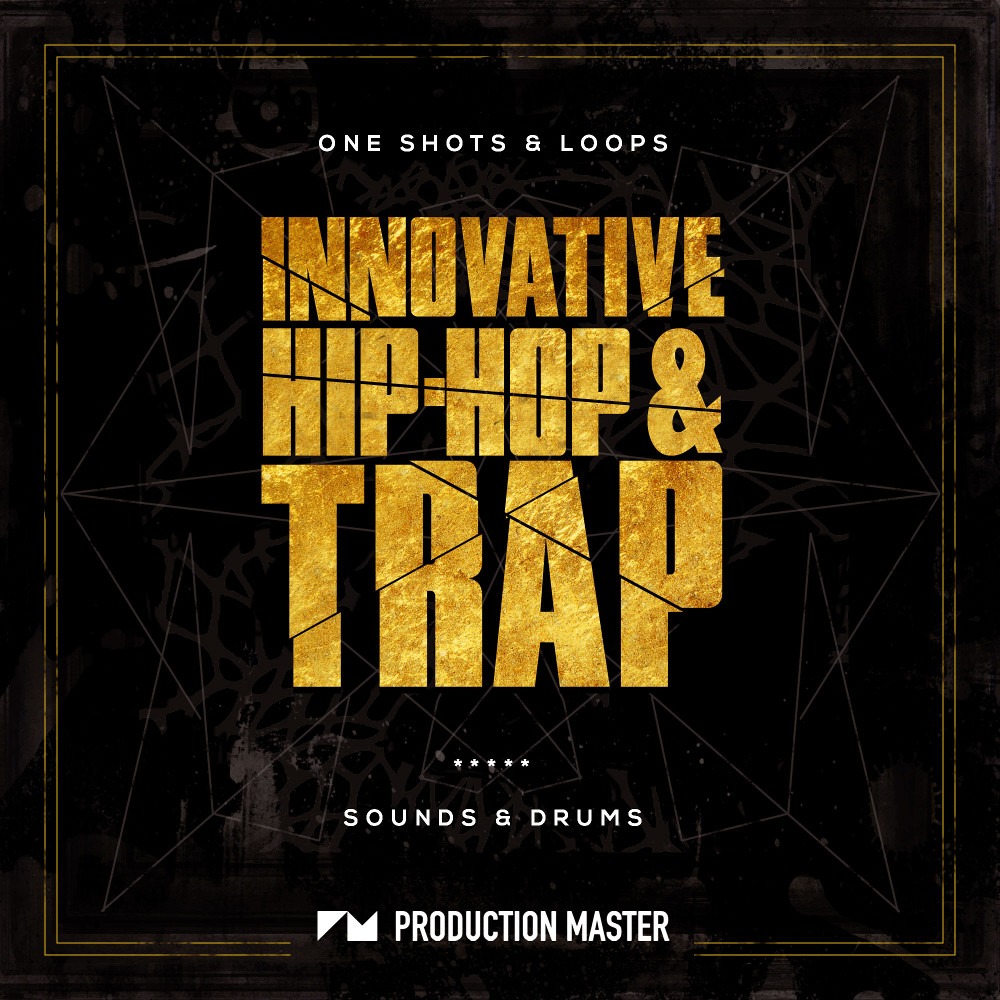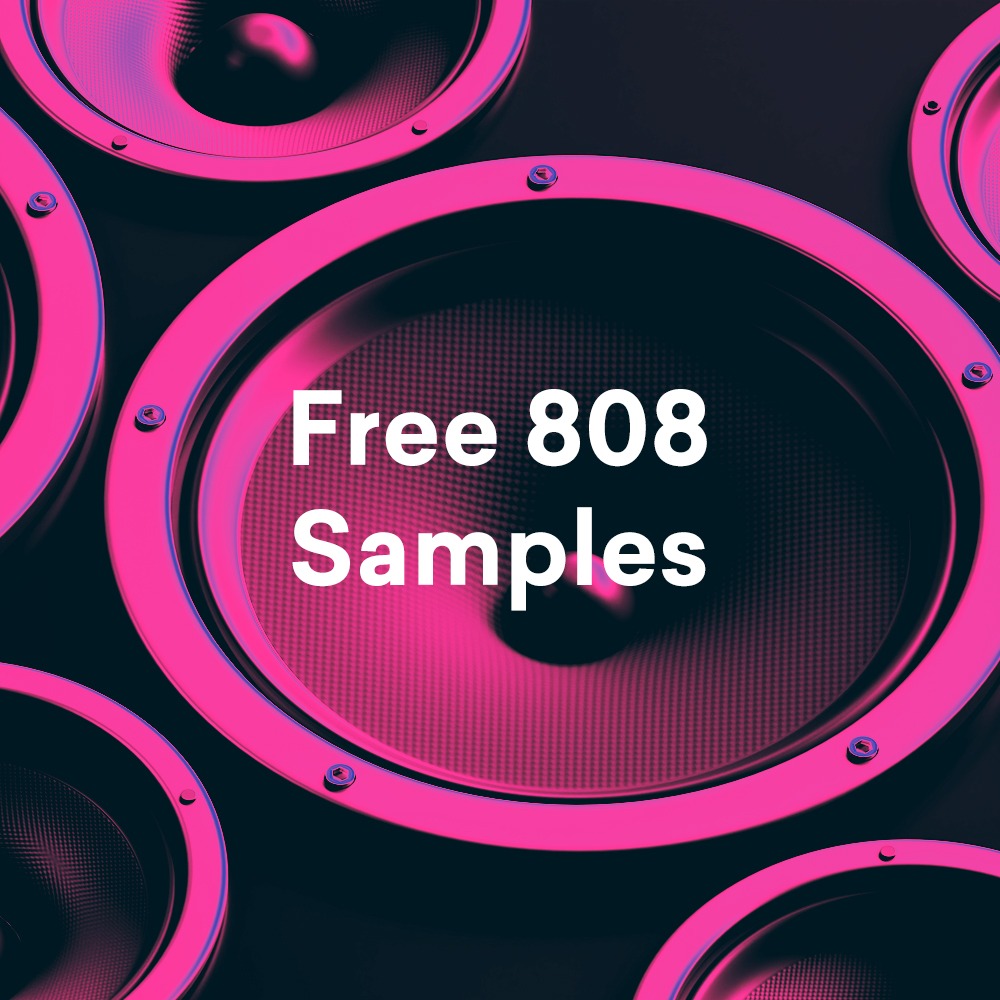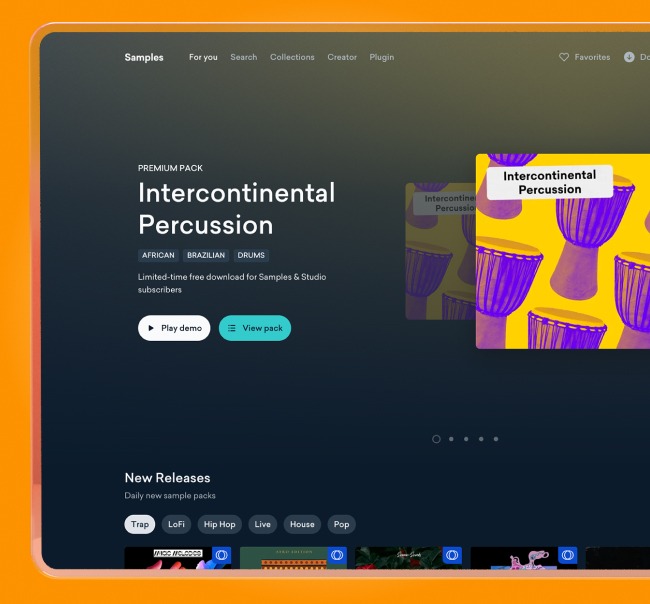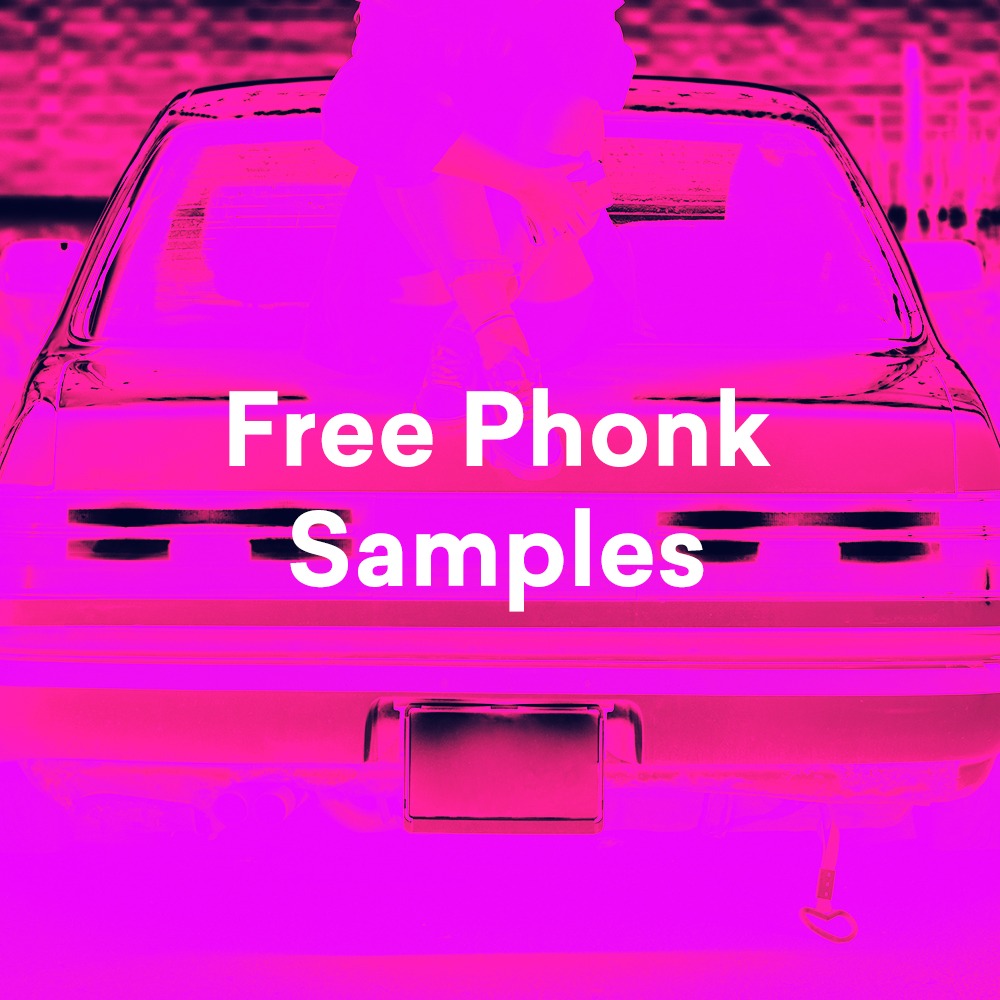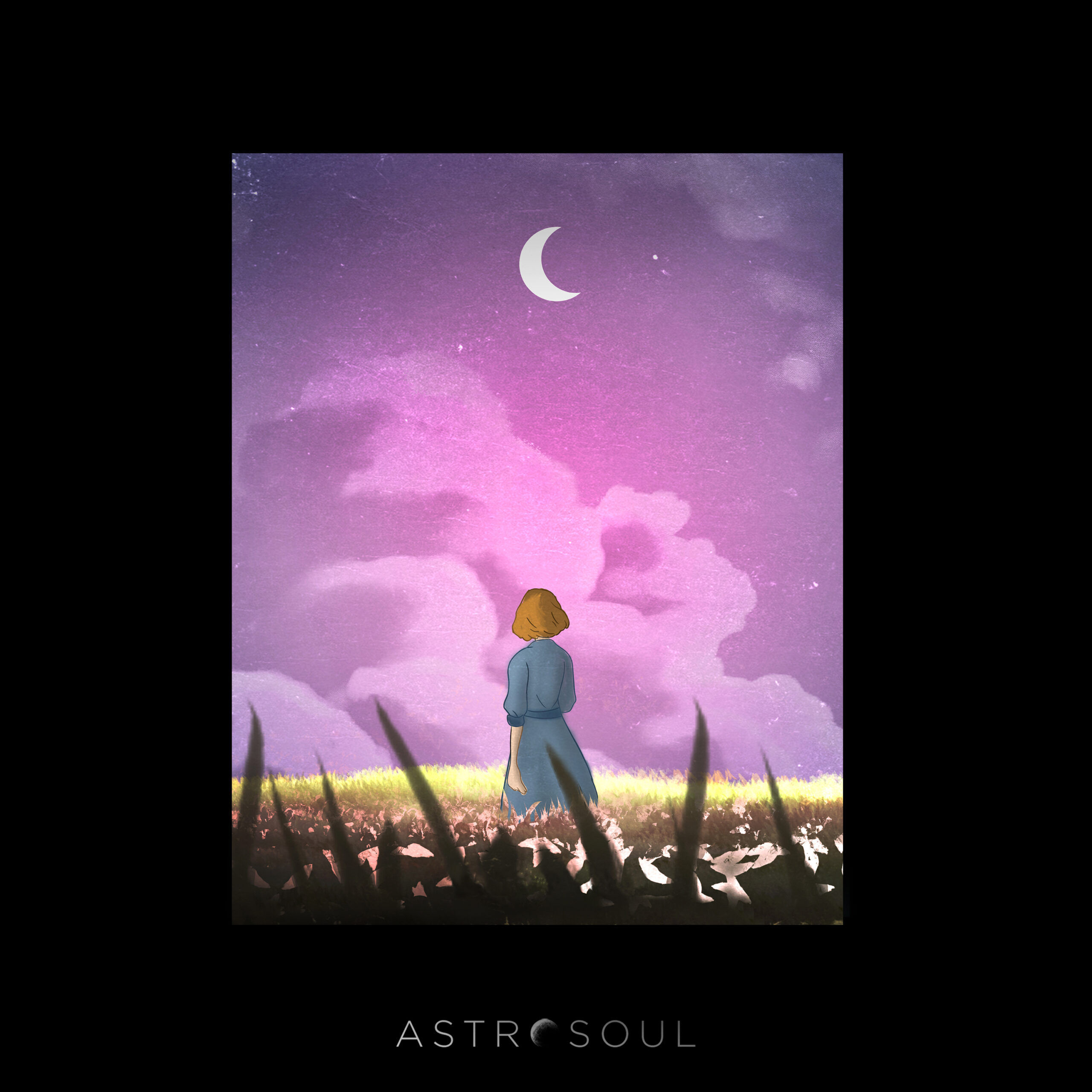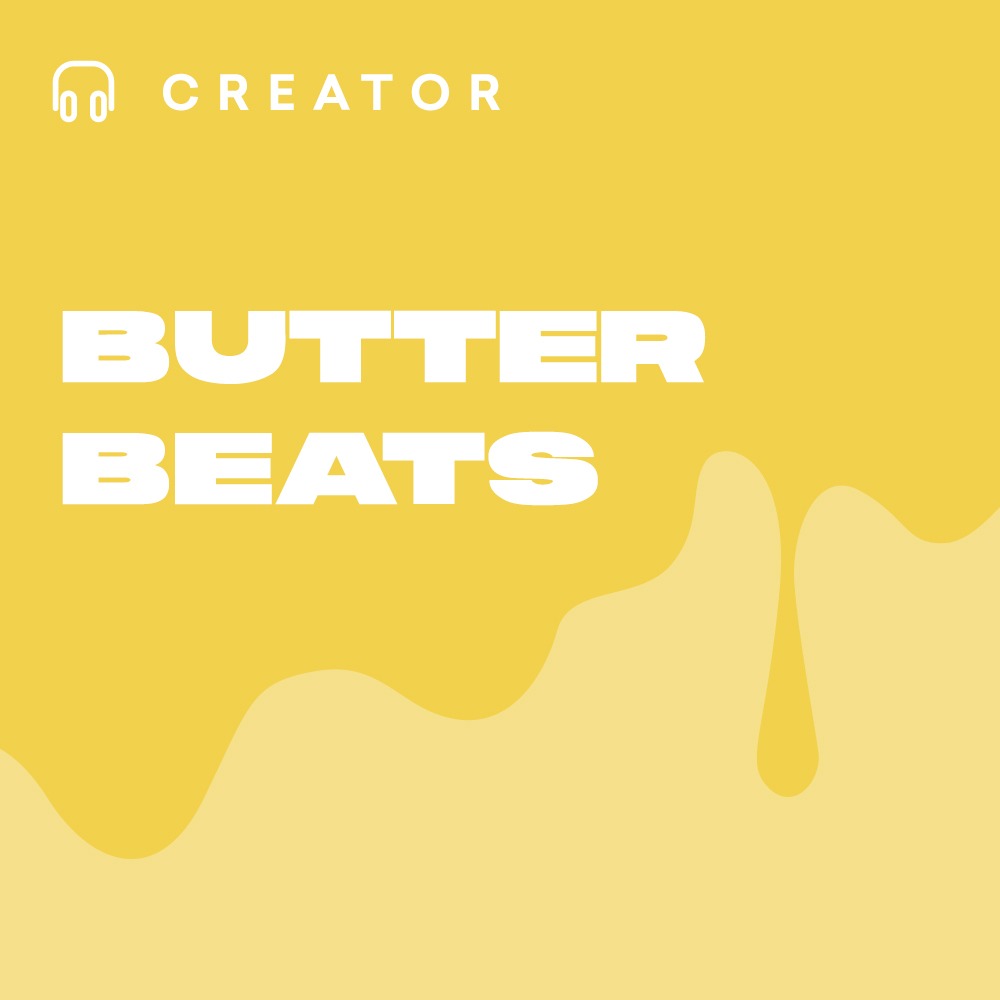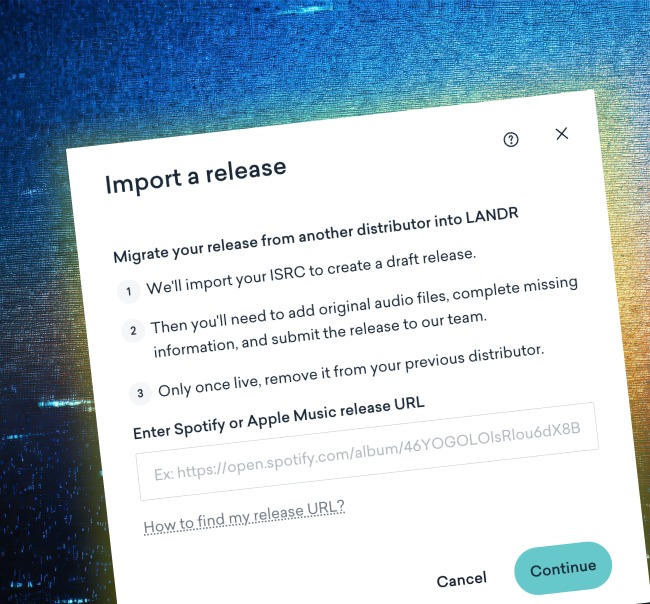
22 Rap Genres That Defined the 50 Year Evolution of Rhyme and Beat
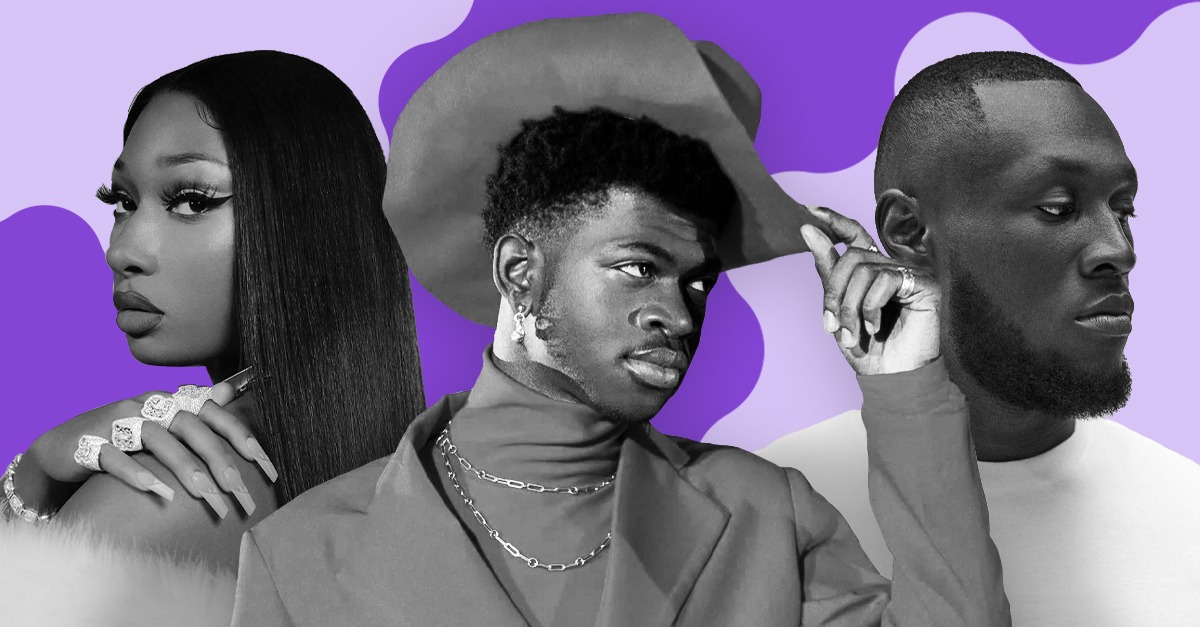
Just about 50 years ago, hip-hop was born. Ever since, rap has exploded into countless subgenres and styles.
Today every hip-hop and rap subgenre sounds completely different, even if they still follow the core tenants of rhyme and beat.
From the early days of underground New York hip-hop to the twisted sound of UK Drill, the only thing that’s been constant in the genre is change, especially with the evolution of technology.
In this article we’ll briefly explore each genre that matters, so you know what’s out there to explore in-depth.
Here’s 22 rap styles that stick out to us.
1. Old school
Let’s kick it off at the most obvious place to start—old school hip-hop.
Old school for me encompasses most hip-hop from the late 70s and mid to late 80s.
And yes—there are notable subgenres within the old school canon, but I’ll cover and discuss those a little later.
But in general, old school hip-hop is characterized by early uses of samples, turntablism and simple rhyme schemes.
You’ll mostly also hear the use of duple meter. The use of triplets wasn’t much of a thing in the early days.
Hip-hop was born in New York, so naturally, that’s where most old school hip-hop artists hail from.
Hip-hop was born in New York, so naturally, that’s where most old school hip-hop artists hail from.
But, in the subgenres of old school hip-hop that we’ll explore later, you’ll see that New York was definitely not the only place where hip-hop was happening in the 80s
Artists to check out: Sugar Hill Gang, Tupac, Slick Rick
2. Boom-bap
Boom-bap gets its name from its distinctive drum production style.
The mid-90s old-school hip-hop genre made heavy use of strong kicks and snare, sometimes putting those drum sounds ahead of the hi-hats and other parts of a beat arrangement.
Boom-bap is truly a samples-oriented style of beat making.
Many producers from this time period would sample sections of soul and funk vinyl straight into an SP-1200 and then loop them to create repeating hypnotic, punchy and incredibly powerful beats.
It’s a beat making production style that ultimately had a huge impact on how music would be made going forward.
Between the stories from the streets that boom-bap MCs would rhyme about and the unique and hard-hitting sound of boom-bap drums, the genre is still one of the most well-loved and revered styles of rap.
Boom-bap artists to check out: Nas, Wu-Tang Clan, Mobb Deep
3. Jazz rap
Jazz rap has close ties to the boom-bap era of hip-hop.
That’s because so many of the samples boom-bap producers used came from jazz and soul vinyls.
Jazz rap in the early 2000s pushed the limits of sampling techniques and combined complex rhyme schemes with off-kilter drum production.
To me, the two figureheads of jazz-rap are the late J Dilla and MF DOOM.
J Dilla is the producer who’s credited with pioneering the off-kilter, slightly swung drum production style that’s associated with Jazz rap.
MF DOOM is a master lyricist whose ability to string extremely complex rhymes into incredible storytelling rivals no-one.
Jazz rap artists to check out: Karriem Riggins, Knxwledge, Anderson .Paak
4. Trap
If there’s one genre of hip-hop you hear about most these days it’s trap.
Right now mainstream hip-hop—and really mainstream music in general from country to pop—is all about that trap beat.
Trap has many, many subgenres that we’ll unpack later, but in general, the genre originated in Atlanta and was pioneered by producers like Metro Boomin and Zaytoven.
Its defining features are its extensive use of booming 808 bass, incredibly fast hi-hats and use of triplets both in the beats themselves and the rhymes trap artists spit.
Trap is truly a modern take on hip-hip, especially because trap beats are much easier to program with the help of modern DAWs and sampling technology.
Trap artists to check out: Gucci Mane, Future, Megan Thee Stallion
5. Mumble rap
Mumble rap is somewhat of a derogatory term for some artists. But, in many ways, it’s a fair description of a certain rap style that’s popular right now.
The genre is an offshoot from trap that plays with triplet-heavy rhyming used by many trap artists.
Mumble rappers will often rhyme very quickly in triplets while using unintelligible and sometimes made-up words.
Mumble rappers to check out: Young Thug, Lil Yachty, 645AR
6. Rap rock
Rap Rock combines the high voltage energy of rock music with the attitude and style of hip-hop.
The genre is rooted in late 90s acts like the Beastie Boys and Run DMC but grew to mainstream prominence with 2000s artists like Linkin Park.
Rap Rock often uses influences from punk and hardcore but leaves space for rap verses by incorporating hip-hop friendly drum parts inspired by drum and bass and boom-bap.
Rap rock artists to check out: Linkin Park, Rage Against the Machine
7. Country trap
Country trap is a relatively new genre with obvious connections to Atlanta trap and good ol’ Nashville pop-country.
The mega-hit that defined the genre is definitely Lil Nas X with Old Town Road, but outings from Nelly with Florida Georgia Line laid the groundwork for the genre.
Today’s modern country sound really does take a lot of cues from trap production, you’ll hear trap hats and 808 claps in many party-oriented pop-country songs if you listen closely.
Country trap artists to check out: RMR, Little Nas X
8. Gangsta rap
Gangsta rap is a subgenre of late 90s and early 2000s boom-bap.
To me, the sub-genre is particularly defined by its lyrical content that graphically describes the grittier side of life on the streets as a gang member.
But also, gangsta rap production often made heavy use of strings and orchestral samples from classical and jazz music.
The combination of the more formal sound and heavy boom-bap drums created a contrast that somehow felt suitable for the intense lyrical descriptions of violence and life on the streets.
Gangsta rap artists to check out: Jedi Mind Tricks, Geto Boys
9. Crunk
Crunk is an absolutely incredible subgenre of rap that popped up in Florida and parts of the southwestern states over the 2000s.
It’s a really interesting genre of rap to me because it really sounds unique and different from most other kinds of rap. You know when you’re listening to a crunk rap song.
Crunk is definitely a precursor to the modern trap that’s so popular right now too. It makes use of fast hi-hat production and some pretty boomy bass kicks.
But what really pushes crunk over the top are its vocal characteristics—they often use loud and gnarly choruses that almost sound like they’re screamed into the mic.
The biggest crunk artist is Lil Jon, who’s famous for his prolific vocal features and his catchy way of shouting “YEAH’ and “OKAY”.
Crunk artists to check out: Lil Jon, Lil’ Scrappy, Soulja Boy
10. Drill
Drill is another trap-inspired rap style that made it into the mainstream towards the late 2010s.
The Chicago-based producers who created it like Young Chop and Chief Keef took inspiration from Atlanta-style trap but leaned heavily into speedy trap hi-hat production, brooding synth pads and crunchy horn samples.
It’s similar to gangsta rap’s reaction to boom-bap. Double down on the elements of trap music that hit hardest, and combine that with gritty lyrics about life on the mean streets.
Drill artists to check out: Chief Keef, Young Chop, Pop Smoke
11. Emo rap
I guess even rap music can have an emo phase.
Emo rap took inspiration from the tortured lyrics of Kurt Cobain, wistful melodies of midwest emo and screamo, and the auto-laden production styles used by neo-R&B artists like T-Pain.
Naturally, emo rap is most defined by its lyrical content and visual style—with artists like Lil Uzi Vert singing about their personal pains while maintaining a grungy dress code.
Emo rap artists to check out: Lil Uzi Vert, Juice WRLD, XXXTentacion
12. Grime
Grime is a subgenre of hip-hop that comes from the UK.
Grime is a subgenre of hip-hop that comes from the UK.
It’s known for mixing hip-hop production with electronic influences from the UK’s healthy dance music scene, particularly UK Garage music.
You’ll hear a lot of bubbly synths and freaky pads used throughout many grime tracks.
Beyond the production, Grime is most notable for its lyrical style that leans heavily into specific dialects of english from parts of London.
Both the rhythmic delivery and lyrical content feel different, with plenty of British street slang used throughout.
Grime rappers to check out: Skepta, JME
13. UK Drill
UK Drill builds on the trap influenced stylings of Drill music from Chicago and combines them with the sound UK Grime rappers pioneered.
It’s a very new genre that only really grew to prominence in 2019. Rapper, Stormzy and producer AXL Beats are the two biggest artists behind the genre.
The best way to describe UK Drill is that it marries the distinct sound of UK Grime’s rhythmic lyrical cadence with drill’s intense drum production.
UK Drill artists to check out: Stormzy, Skengdo
14. Bounce
New York may get credit for inventing hip-hop, but it wasn’t the only place where hip-hop was going on in the early 90s.
Down in New Orleans a different movement was starting—Bounce was the south’s response to what was happening up north.
Compared to the hard-hitting and gritty sound of New York MCs, Bounce was fun.
Compared to the hard-hitting and gritty sound of New York MCs, Bounce was fun.
Its dancy nature and heavy use of call and response sections made it easy to sing along with.
Bounce also pioneered the fusion of soul and R&B with hip-hop music and featured many great women MCs who could both sing and rap—the late Magnolia Shorty is an excellent example.
This is a truly southern genre, that gave birth to southern hip hop and inspired crunk artists like Lil John and horrorcore artists like Three 6 Mafia.
Bounce artists to check out: JUVENILE, Magnolia Shorty, DJ Jubilee
15. Horrorcore
Unlike Bounce, Horrorcore is a dark and transgressive genre—like it’s name suggests, it’s supposed to send chills down your spine with occult imagery and graphic lyrics.
I think out of all the more old-school genres of hip-hop, my favorite artists come from the horrorcore genre because of the clear links between its production style and modern trap.
It’s just so cool to hear the evolution of hip-hop.
My favorite horrorcore group is Three 6 Mafia. Listen to their 1995 album Mystic Styles and you’ll hear why it’s credited as an early inspiration for trap music.
Horrorcore has a gritty and lo-fi edge without sounding like it’s from New York—it’s completely true to it’s southern roots in Memphis and Houston.
Horrorcore artists to check out: Three 6 Mafia, Geto Boys
16. Latin trap
Latin trap is the union of reggaeton and trap music.
In Latin trap production you’ll hear that classic reggaeton dembow drum beat combined with heavy 808s and fast trap hats.
Latin trap is often sung in Spanish and usually will feature both singing and rapped verses and choruses.
Latin trap artists to check out: Bad Bunny, Rosalia
17. Conscious hip-hop
Conscious hip-hop grew in tandem with boom-bap in the mid-90s—but with a political focus spawned from the 1992 LA riots.
Groups like A Tribe Called Quest and NWA witnessed what was happening with police brutality towards black communities and wrote music to voice their anger.
Conscious hip-hop kicked off a tradition of speaking truth to power in hip-hop, paving the way for artists like Common and Kendrick Lamar.
Conscious hip-hop artists to check out: Public Enemy, Jungle Brothers, The Roots
18. Soundcloud rap
Soundcloud is the platform many rappers today use to find their following and develop their voice.
It’s a free streaming platform where anyone can post their tracks, get feedback and find followers.
That’s why it’s no surprise that Soundcloud has given birth to many artists and even an entire style of rap.
Because the platform is free from the demands of other mainstream platforms, Soundcloud rappers have a lot of room to experiment.
Many Soundcloud rappers spit verses over weird and unique music productions, use shocking and strange lyrics and keep a colorful and artistic aesthetic.
If there’s one thing that unites successful Soundcloud rappers it’s their volume of output—these artists put a ton of content out on the platform.
Soundcloud rappers to check out: Lil B, Yung Lean, Lil Ugly Mane
19. Hyphy
During the rise of New York’s hip-hop scene in the 90s another scene on the west coast was brewing in Oakland—this is where the hyphy genre was born.
Hyphy is known for its influence on producers like Dr. Dre and for laying down the groundwork for west coast genres like G-Funk and overall laid back feel 90s west coast rap is known for.
Its main progenitors are Too $hort and E-40, who both created fun music that embodies the sunny and funky style hyphy is known for.
Hyphy rappers to check out: Too $hort, Keak Da Sneak
20. Lo-fi hip-hop
The only purely instrumental hip-hop style on this list is lo-fi hip-hop. That’s because lo-fi hip-hop is the most popular genre of instrumental hip-hop right now.
The genre blew up in popularity from YouTube streaming playlists that seem to house an endless supply of the boom-bap inspired beats.
You’ll hear moody samples and off-kilter and jazz-rap style drums. It’s very much inspired by producers like J Dilla and jazz rap in general.
21. G-funk
G-funk might be one of the most famous genres of hip-hop because it took the world by storm in the late 90s and early 2000s.
Its most important producer is by far Dr. Dre, who fused funk together with unique elctronic drum production to create an entirely new hip-hop sound.
Everyone from the California scene in the early 90s worked with Dre if they had the opportunity.
Everyone from the California scene in the early 90s worked with Dre if they had the opportunity.
G-funk is known for using lots of guitar samples, vintage synths and hard hitting electronic drum production with drum machines.
G-funk artists to check out: Ice Cube, Snoop Dogg, Dr. Dre
22. Footwork
Footwork is maybe my favorite modern sub-genre of hip-hop, because it’s just so unique and nothing really sounds like it.
I’ll credit the invention of footwork to the Teklife record label in Chicago and footwork’s most famous artist the late DJ Rashad.
Footwork is cool because it’s so fast BPM-wise and it really pushes the limits of classic trap production.
Blistering fast hi-hats, e switching up the beat between triplets and duples and exclusively using a hard hitting triplet kick feel are what define the genre to me.
The drums and rhythm are huge in creating a footwork track, but also the genre relies heavily on chopped jazz and soul samples.
Footwork artists to check out: DJ Paypal, DJ Spinn, DJ Taye
Gear guides, tips, tutorials, inspiration and more—delivered weekly.
Keep up with the LANDR Blog.
